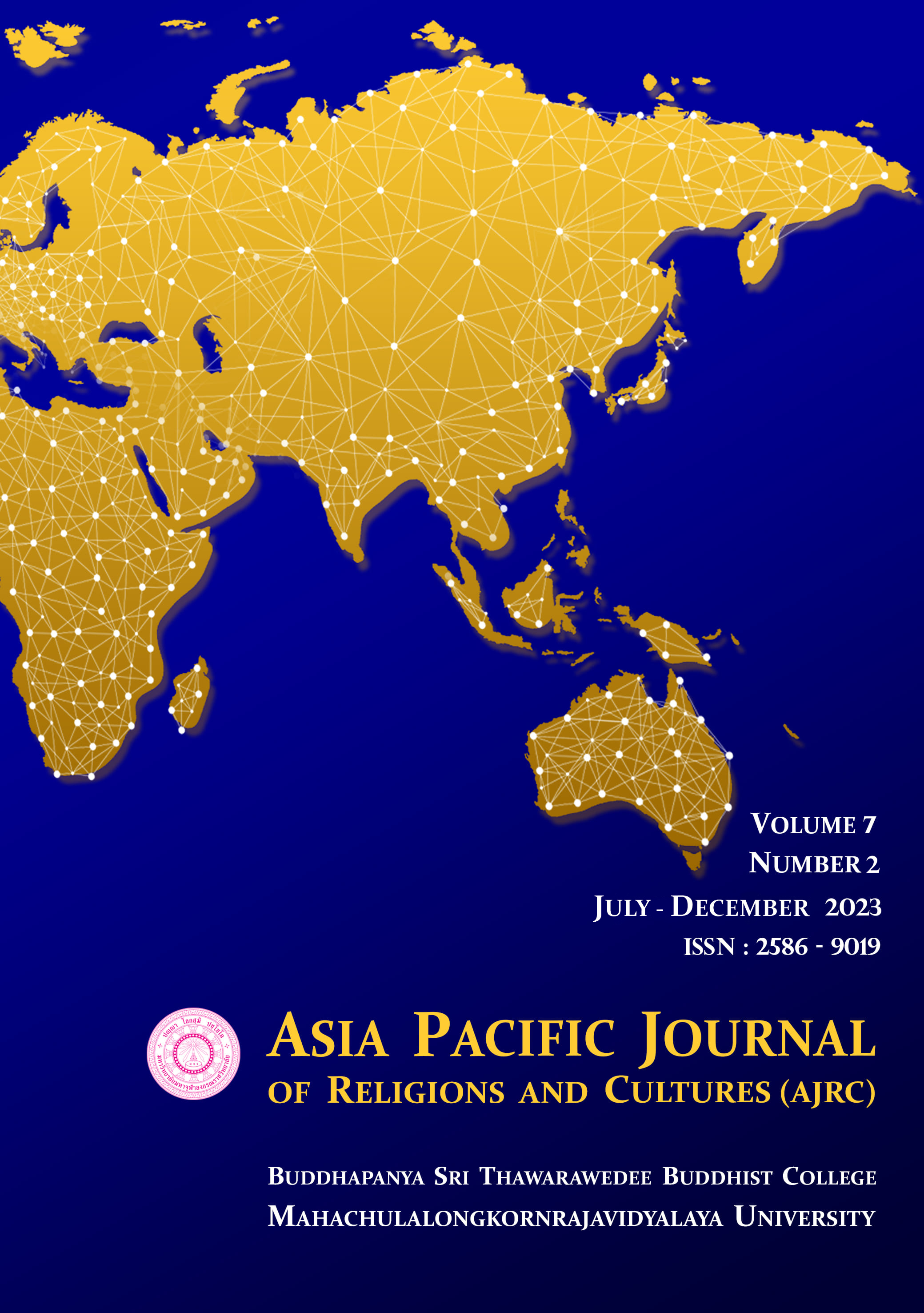A COMPARATIVE STUDY OF TEACHING PIANO TUNING AT XINGHAI CONSERVATORY OF MUSIC, GUANGDONG PROVINCE, THE PEOPLE'S REPUBLIC OF CHINA
Main Article Content
Abstract
The research topic was “A Comparative Study of Teaching Piano Tuning at Xinghai Conservatory of Music, Guangdong Province, The People's Republic of China” The purpose of the study was to find out the advantages and disadvantages of commonly used piano tuning software, specifically: (1) the professional piano tuning software and (2) the advantages and disadvantages of the different visual tuning software. The methodology was mixed-method research: This research is qualitative and quantitative. Research tools: Interview Form, Questionnaire Form, Observation Form. Population and sample: This study consisted of 356 students from Xinghai Conservatory of Music, Guangdong Literary & Art Vocational College, and Guangdong Dance and Drama College in Guangdong Province, China. A sample of 60 students was selected using purposive sampling, with 50% of the total students from each of the three schools participating in a sample survey.
The research findings were: (1) In interviews with professionals, it was generally found that the use of piano tuning software was supported as a means to enhance student's learning efficiency in piano tuning lessons. All 12 experts reported using Yamaha PT-A1 and Tunelab, along with other piano tuning software. Specifically, 8 experts utilized Verituner, while 6 experts preferred TLA CTS-5-C. Despite experimenting with other tuning software, satisfactory results were not achieved. The survey results indicate that Yamaha PT-A1, Tunelab, Verituner, Reyburn Cyber Tuner, and TLA CTS-5-C are the most commonly utilized professional tuning software options. (2) The data analysis of questionnaires completed by 12 teachers and 60 students reveals the following findings: PT-A1 is the most commonly used software for piano tuning teaching, while TuneLab has lower accuracy but a superior overpull mode. However, Cybertuner and Verituner software have complex interfaces, are expensive, and have limited availability, leading to low usage rates among respondents. TLA CTS-5-C is primarily used in manufacturing and lacks versatility for teaching and testing. Each software has its unique features, so the choice depends on specific needs. For advanced features, Verituner is recommended, while PT-A1 is better for simplicity and quick results. TLA CTS-5-C can provide accurate tuning but is limited. Careful consideration of software features is advised.
Article Details

This work is licensed under a Creative Commons Attribution-NonCommercial-NoDerivatives 4.0 International License.
References
Berg, R. & Stork, D. (2005), The Physics of Sound (3rd ed.), Pearson
Education Inc. 239.
Cui, Y. (2008, 2019). Development and application of digital tuning
software. Science and Technology Innovation Herald, (24), 4.
Chen, H. (2014). Modern Piano Tuning Method. Performing Arts Technology,
(01), 45-49.
Chen, X. (2006). Sound and the Human Ear Hearing. China Radio and
Television Press.
Jin, L. (2018). The practical application of visual tuning in piano tuning
teaching. Art Science and Technology (09), 22-23.
Liu, B. & Jin, L. (2014). An introduction to the development and application
of visual tuning for piano. Performing Arts Technology, (05), 49-52.
Mattingly (2012). The effect of singing on the intonation of middle school
flute players. Gradworks, 24(1), 109–119.
Ma, X. (2012). TuneLab Pro: A practical guide to tuning software. Musical
Instruments (03), 12-14.
Phillips, S. (2017). Piano Tuning: An Introduction. Pianobuyer.
Politis, D., Piskas, G., & Tsaligopoulos, M. (2015). Vari Piano TM: A
parametric design variable piano visualizing a differential tuning mobile interface. In International Conference on Interactive Mobile Communication Technologies and Learning. 70-74.
Porter, J. (2017). International Survey on ETD Use for Concert Piano
Tuning. Fine Funing.
Pan, X. (2020). Experimenting with the feasibility of audio software for use
in piano tuning teaching. Cultural Industries, (17), 157-158.
Reblitz, A. A. (2019). Piano Servicing, Tuning, and Rebuilding: a guide for
the professional, student, and hobbyist. Rowman & Littlefield Publishers.
Steve, D. (2014). Aural vs Digital Tuning. Linkedin.
Song, D. (2016). The application of pitch detection software in teaching
piano tuning technology - an example of Yamaha PT-A1. Art Review, (07), 89-90.
Van, D. K. (2013). Octaves and inharmonicity in piano tuning.
Zhang, D. (2019). Application of audio-visual tuning detection software in
piano tuning teaching. International Journal of Speech Technology, 22, 251-257.


